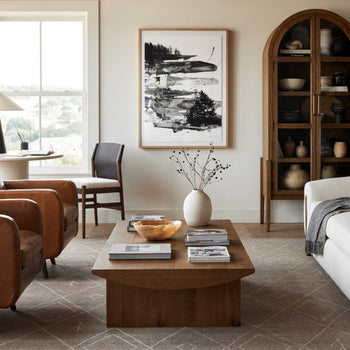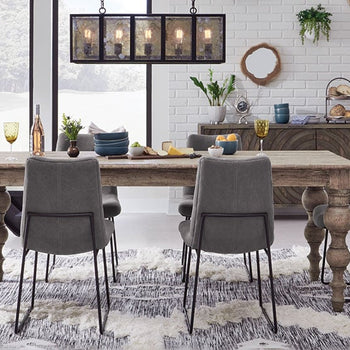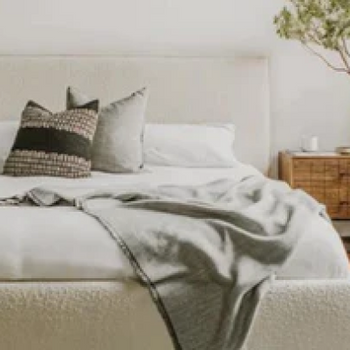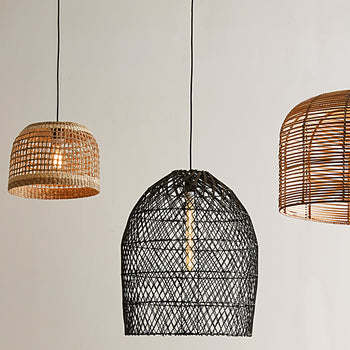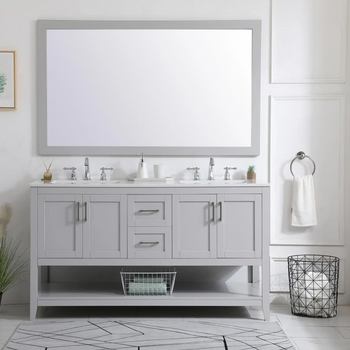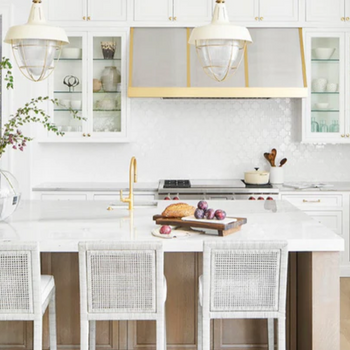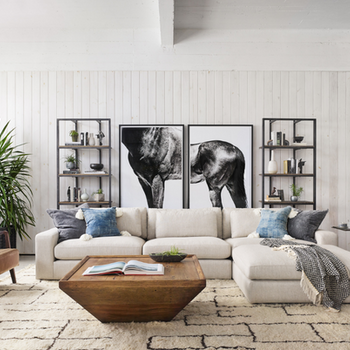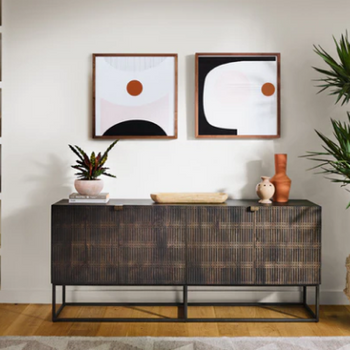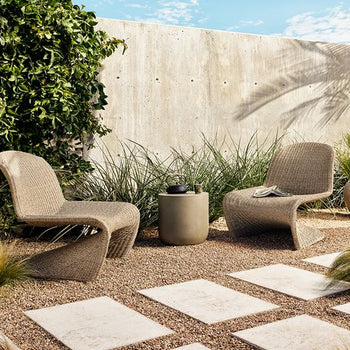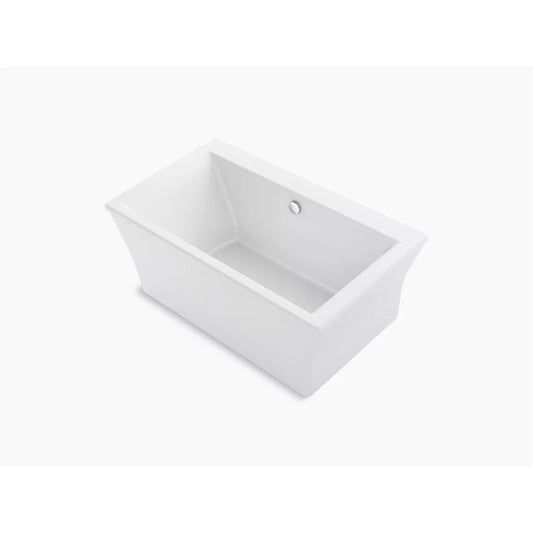
Stargaze 60.19" x 34.25" x 24.25" Freestanding Bathtub in White
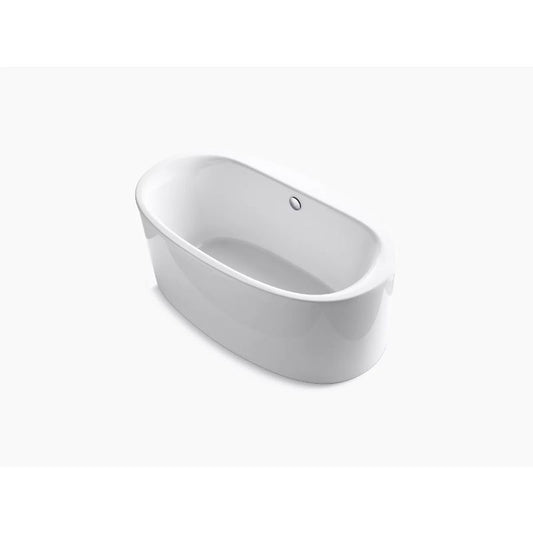
Sunstruck 65.5" x 36" x 24.5" Freestanding Bathtub in White
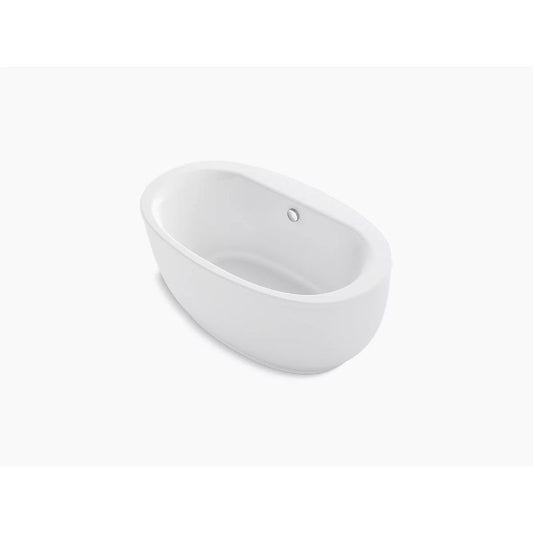
Sunstruck 60.69" x 34.69" x 24.5" Freestanding Bathtub in White
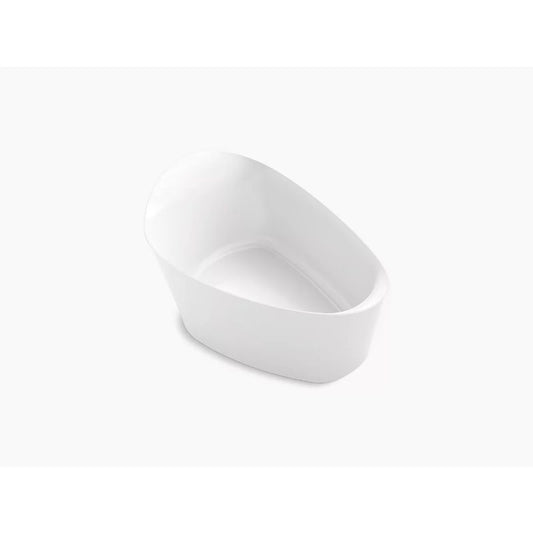
Veil 65.38" x 36.75" x 23.56" Freestanding Bathtub in White
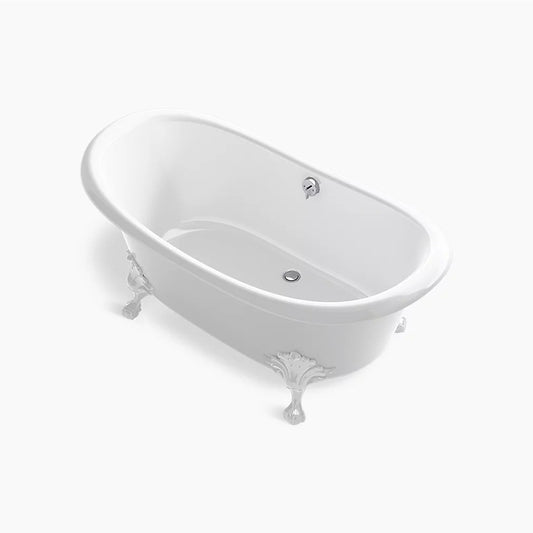
Artifacts Freestanding Bathtub
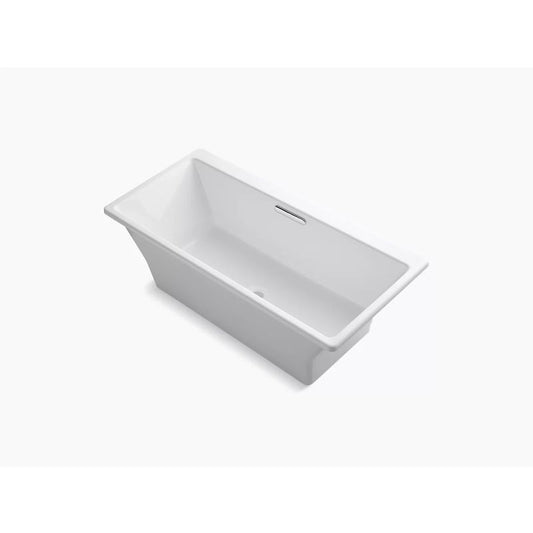
Reve 66.94" x 31.5" x 22.06" Freestanding Bathtub in White
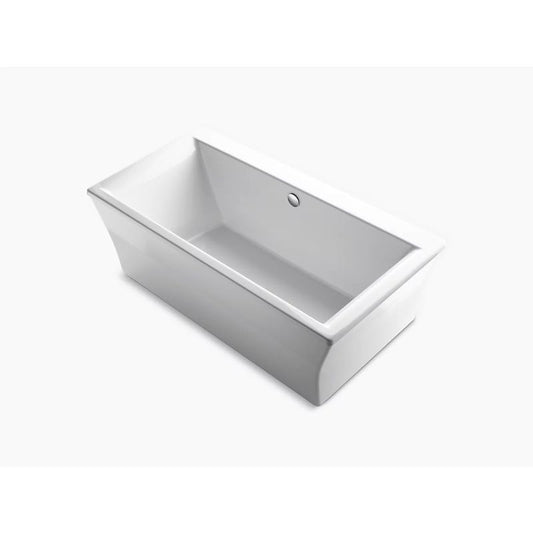
Stargaze 72" x 36" x 25.75" Freestanding Bathtub in White
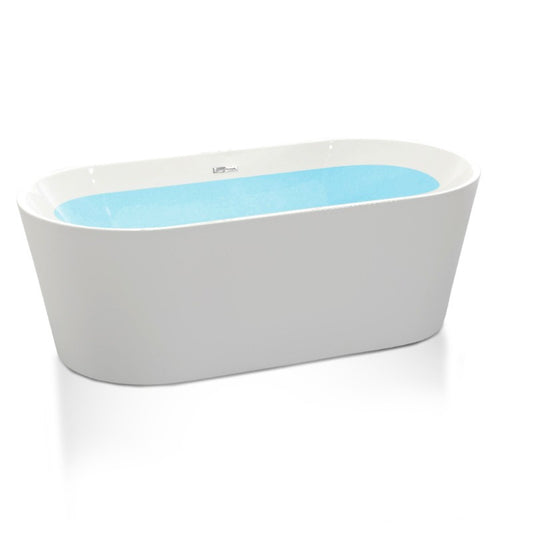
Chand 67.7" Acrylic Freestanding Bathtub in Glossy White
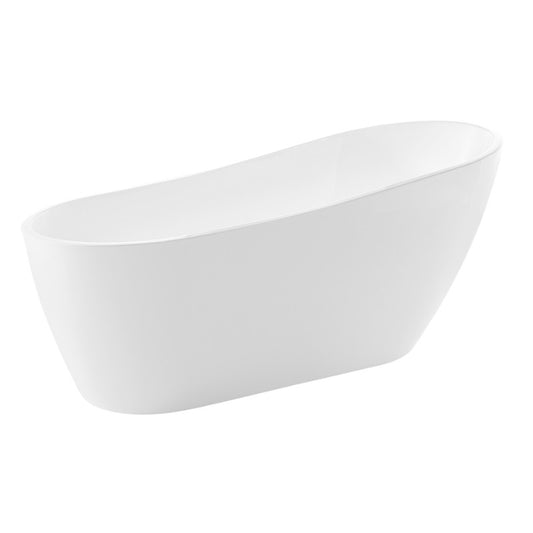
Trend 66.9" Acrylic Freestanding Bathtub in Glossy White
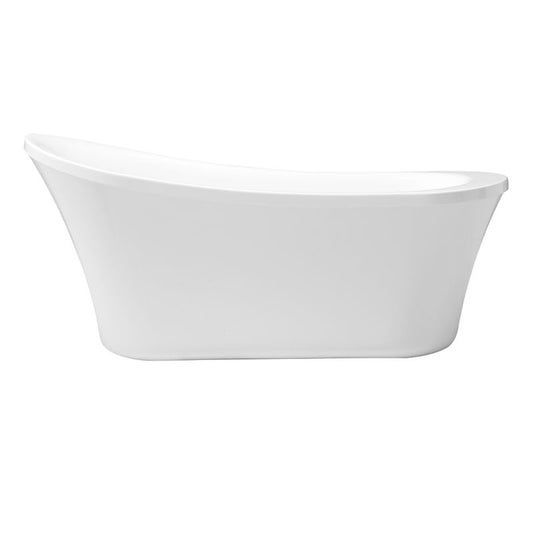
Zeya 65" x 29" x 22.38" Acrylic Freestanding Bathtub in Glossy White
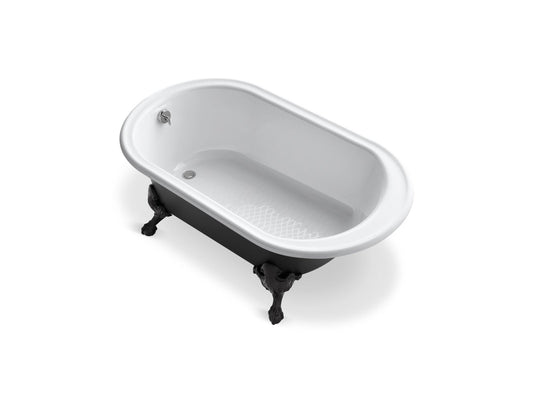
Iron Works Historic 66" Enameled Cast Iron Freestanding Bathtub in White and Black
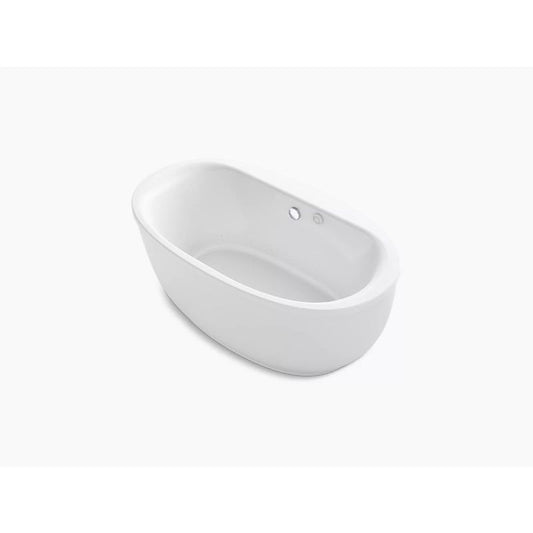
Sunstruck 65.81" x 36" x 24.5" Freestanding Jetted Heated Surface Bathtub in White
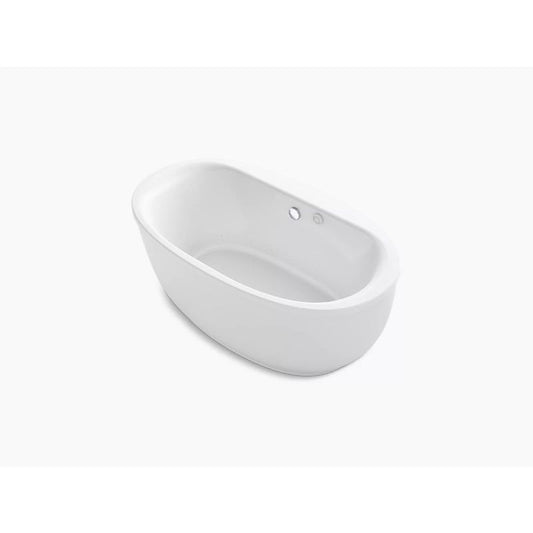
Sunstruck 65.81" x 36" x 24.5" Freestanding Jetted Bathtub in White
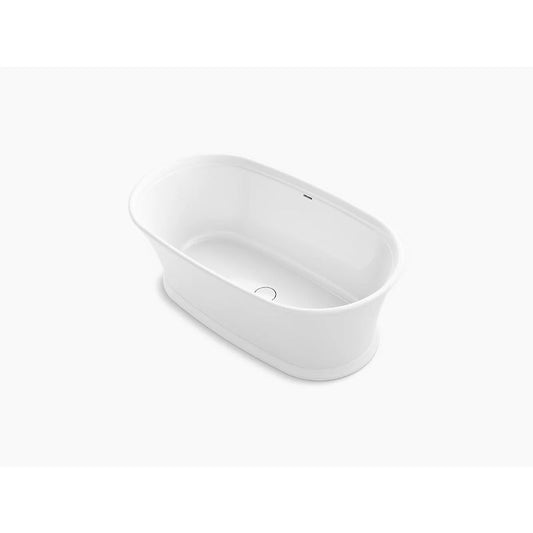
Memoirs 66.19" x 36.19" x 23.75" Freestanding Bathtub in White
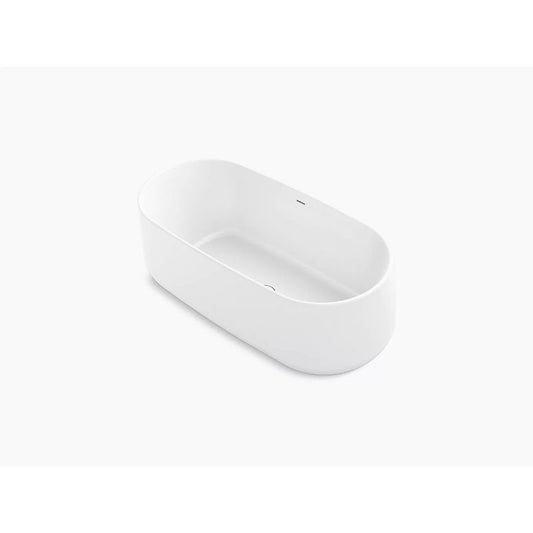
Ceric 64.94" x 31.13" x 22.88" Freestanding Bathtub in White
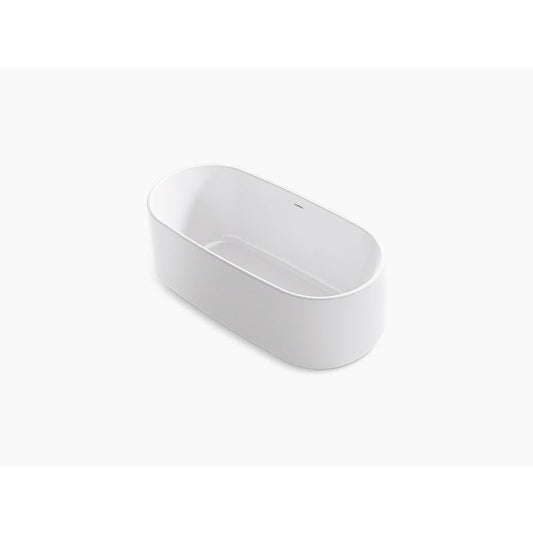
Ceric 59.69" x 28.88" x 23" Freestanding Bathtub in White
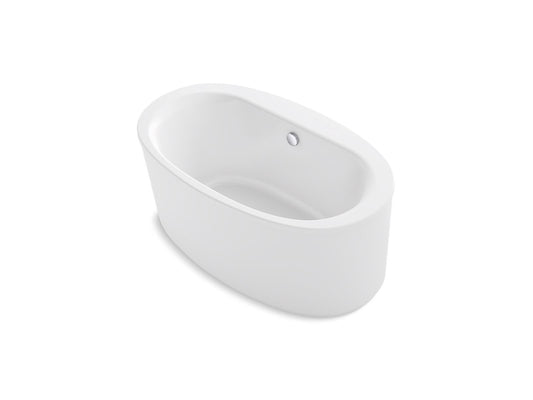
Sunstruck 63" Acrylic Freestanding Bathtub in White
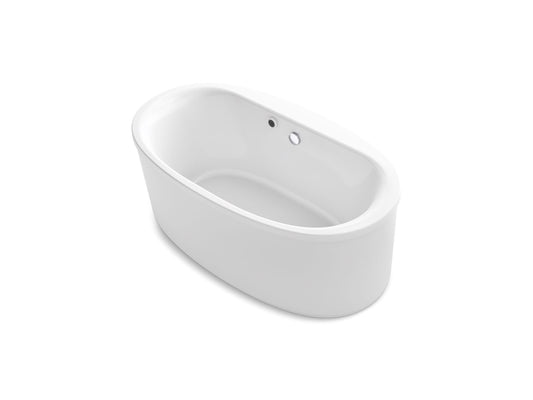
Sunstruck 65.5" Acrylic Freestanding Bathtub in White
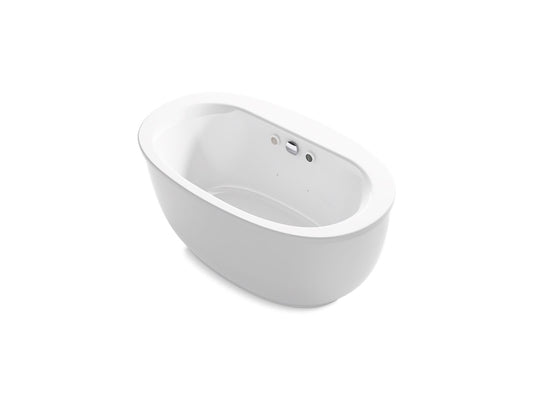
Sunstruck 60.5" Acrylic Freestanding Bathtub in White
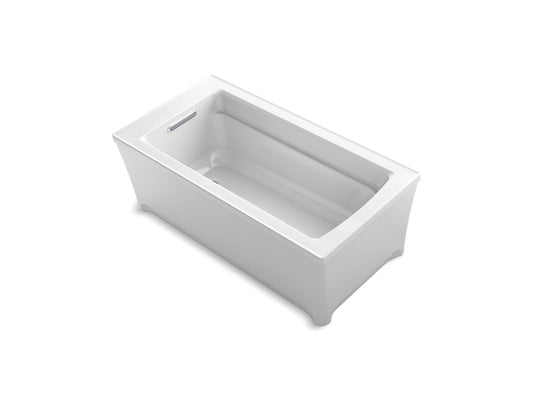
Archer 64.54" Acrylic Freestanding Bathtub in White
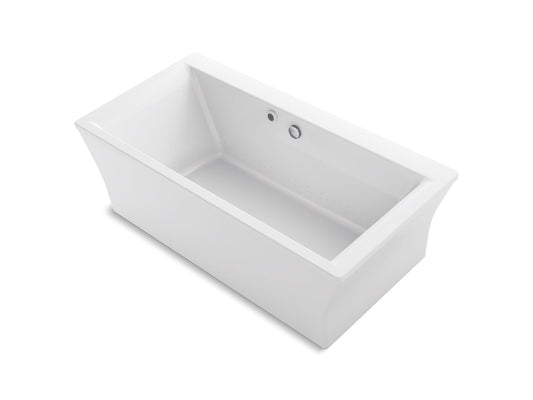
Stargaze 75" Acrylic Freestanding Heated Surface Bathtub in White
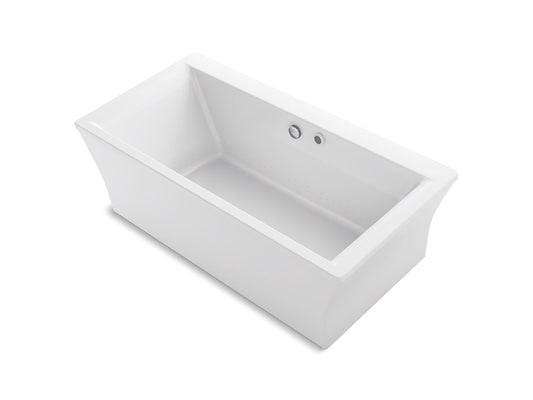
Stargaze 75" Acrylic Freestanding Bathtub in White
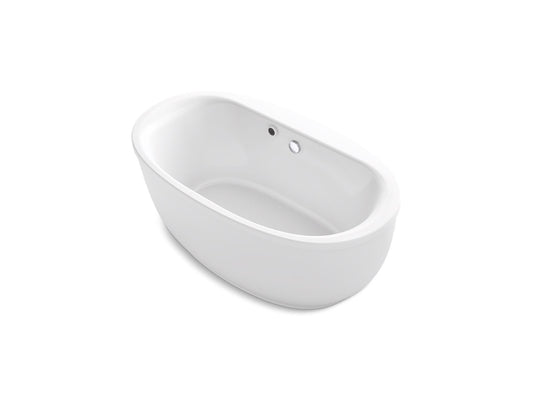
Sunstruck 70" Acrylic Freestanding Heated Surface Bathtub in White
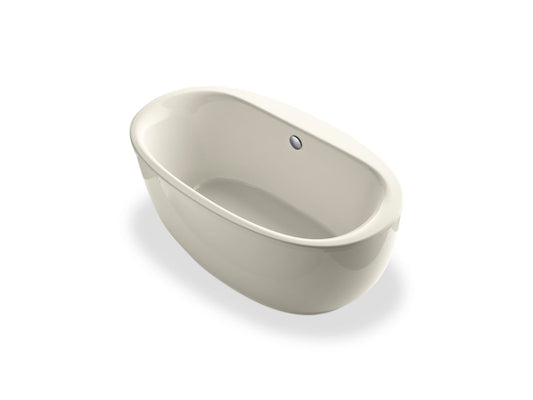
Sunstruck 70" Acrylic Freestanding Bathtub in Biscuit
How to Choose a Freestanding Tub
Upgrading your current tub or adding a new one? Freestanding tubs are a great choice! They add elegance and luxury to your bathroom, are easy to install, and are a great addition to bathrooms that only have a shower. Check out this quick guide to the freestanding tubs before you make your purchase.
Are Freestanding Tubs Worth It?
One of the hottest bathroom trends right now is the freestanding tub. But unlike other trends, freestanding tubs have a long history and will likely come back into style almost as quickly as they fall out (if they even do!). No matter which freestanding tub you choose, it is an excellent investment. Here are some things to consider so you can choose the best freestanding bathtub for your space.
1. Your Bathroom Space
Freestanding tubs are tricky to fit into small spaces because they require a lot more room than built-in tubs. Instead of sitting flush against a wall, freestanding tubs have space on all sides. Because of the additional space requirement, most homeowners choose to put their freestanding tub in a large master bathroom. Before committing to a freestanding tub, take precise measurements and evaluate how much free space you will still have once it’s installed.
2. Frequency of Use
Most freestanding bathtubs are designed for a spa-like soak, so they are usually deeper and longer than built-in bathtubs. While you can use them daily if you wish, remember that filling the deeper tub could increase your water bill. But if you’re dedicated to a relaxing soak, freestanding tubs are the best way to go!
3. Resale Value
With any home upgrade, it’s good to consider how it will affect the resale value of your home. While some homeowners have forgone bathtubs to build large, luxury walk-in showers, most potential buyers like at least one bathtub—especially if they have young kids. Freestanding tubs will almost always add resale value, even if the design goes out of style for a time.
Freestanding Tub Styles
Because they aren’t constrained by the need to fit flush against a wall, freestanding bathtubs come in a wide variety of shapes and styles. Before you choose your tub, consider what each style offers in terms of function and aesthetic.
Single-Ended and Single Slipper
Single-ended tubs feature a rounded edge on one end that is sloped for lounging, while the other end is reserved for your faucet. Single slipper freestanding tubs are similar, but the rounded edge is elevated to form a slipper and provide additional back support. These two styles are some of the most popular styles available because they offer the most comfort. Slippers are also easy to install because you can usually use existing plumbing from a built-in shower to connect your faucet.
Double-Ended and Double Slipper
Do you want twice the lounging comfort in your tub? Then double-ended, double slipper freestanding tubs are for you! Rather than just one rounded or sloped edge, these tubs have them on either end—requiring the faucet to be placed in the middle of the tub. This offers a unique style statement but could require moving existing plumbing to accommodate the new faucet position.
If your tub is long enough, double-ended and double slipper tubs could allow for two people to lounge at once. Because double slippers are raised on the ends and lower in the middle, some options in this style are easier to get in and out of.
Clawfoot
Clawfoot tubs have been a popular freestanding tub style since the 1800s. Rather than the entire bottom of the tub resting on the floor like other styles, this tub is raised on clawfoot legs. Clawfoot freestanding tubs are found in both single and double slipper styles.
Pedestal or Skirted
Rather than standing raised on clawfoot legs, pedestal or skirted tubs stand on a plinth that is flush to the floor. This style can reduce the surface area of the bathroom that you need to clean because you don’t have to clean underneath it. Like clawfoot tubs, freestanding pedestal tubs can also have single- or double-ended sides.
Japanese Soaking Tubs
Japanese soaking tubs are one of the best choices for small bathrooms. This style is shorter than most other freestanding tubs, but it makes up for it in depth. Japanese soaking tubs are extra deep to help you submerge completely and often feature a built-in seat. They are meant for sitting rather than laying back or lounging. They usually have a center drain with a faucet that’s on the end opposite the seat.
Freestanding Tub Features
While style is important, there are other features to consider that affect your tub’s functionality. Here are a few of them.
Sizes
Before purchasing a freestanding tub, one of the most important factors to consider is the size! Ask yourself: Will it fit in your bathroom? Is it long enough for you? Is it deep enough for the kind of soak you want? Is the size available in the style you want?
Length
Freestanding tubs come in a variety of lengths, depending on the style you choose. Single-ended range from 48” to 70” and single-slippers are 43” to 73”. If you need something a little longer, double-ended tubs range from 55” to 72” while double-slippers are 59” to 78”. Clawfoot tubs are usually 48” to 72” while pedestal tubs range from 52” to 78”. Japanese soaking tubs are the shortest, usually ranging from 40” to 60” inches in length.
Height
It’s important to pay attention to the height of your bathtub, which will affect how easy it will be to get in and out of. Most freestanding tubs average between 15” and 20” from the floor to the ledge of the bathtub.
Soaking Depth
The height of your bathtub is not the same as the soaking depth of the bathtub. The depth is the measurement from the bottom of the bathtub once you step into the rim. Freestanding tubs range from 14” to 20”.
Materials
Freestanding tubs come in various common bathtub materials, from lightweight and easy to clean to really heavy with a little more maintenance. Here are some details about bathtub materials and how they can affect your tub’s overall function and durability.
Acrylic
Acrylic freestanding tubs are the most popular material choice because they are durable, versatile, and affordable. This strong yet lightweight material is easy to carry and install—which is great if you’re upgrading your bathtub as a DIY. Most of the time, this tub won’t require floor reinforcements. Acrylic bathtubs have a smooth, comfortable surface which makes them ideal for long, spa-like soaks. The non-porous surface is usually finished with porcelain for added resistance to staining, discoloration, and scratches. Acrylic tubs are a little more prone to cracking, which can be repaired.
Stone Resin
Another popular material is stone resin. This hard, durable material is an engineered composite consisting of polyester resin, dry ground marble, and a limestone filler blend. Completely resistant to fluctuating humidity, this material is 100% non-porous and doesn’t leak. Once it comes out of the mould, it can be hand-sanded for a matte finish or hand buffed for a glossy finish. Stone resin is more durable, easier to clean, and retains heat better than acrylic, but it is more expensive.
Cast Iron
If you’re looking for a vintage style, cast iron is the best material by far. This has been a bathtub material that’s been used since the late 1800s because it’s so durable that it can last for decades with proper maintenance. Cast iron is exceptionally resistant to scratching and retains heat well but is difficult to repair if a problem does occur. Cast iron is also very heavy, and in most homes, it will require floor reinforcements to support the weight of the tub—especially when it’s filled with water. Though they are expensive, cast iron tubs are worth the long-term investment because of how durable they are.
Other Materials
There are freestanding tubs cast from wood, stainless steel, copper, stone, and marble, but they are few and far between. These are often custom creations and can be very expensive and will require a lot more maintenance than acrylic, cast iron, or stone resin. However, they will add a unique design element you can’t find anywhere else.
Freestanding Tub Faucets
When choosing a freestanding tub, you’ll also need to choose a new faucet to go with it. Here are the five types of faucets you can use with a freestanding tub.
Freestanding
Also known as floor mounted faucets, freestanding faucets are anchored to the floor and tower over the edge of the bathtub. These are great faucets because you can choose almost any location for them, as long as there is access to the plumbing beneath the floor. Especially with concrete floors, it’s essential to check with a plumber that a freestanding faucet is feasible. Since these faucets are not connected to the tub in any way, there’s no need for faucet holes in your bathtub. Some freestanding faucets also have an attached sprayer to help with rinsing while bathing.
Deck Mount
Deck mount faucets are attached to the upper rim of the bathtub and require two faucet holes for installation. Be sure to measure the distance from hole to hole before purchasing a deck mount faucet so you can make sure it fits. You can also mount this type of faucet on a platform outside the bathtub. Whether it’s attached to the bathtub or on a platform, most deck mount faucets use rigid supply tubes to connect to the water source below the floor. If that’s not possible, you can buy flexible tubes to connect to the water supply in the wall.
Wall Mount
It’s not hard to guess where wall mount faucets are installed—they go in the wall! If you’re upgrading a built-in tub to a freestanding tub, wall-mounted faucets work great with the existing plumbing in the wall. This is an especially great choice if it’s difficult to have floor access to the water supply that you would need for other faucet types.
Wall-mounted tubs don’t have exposed water lines, which not only saves you money but also gives your bathroom a clean, seamless look. They use couplers to attach the faucet to the plumbing behind the wall, which usually adds 2 inches to the faucet length, but you can also find 4 and 6 inch couplers to extend the faucet when the bathtub is installed further from the wall.
Tub Wall Mount
If you don’t want to attach your faucet to the bathroom wall, you can attach it directly to the wall of the bathtub itself! This requires holes to be drilled into the side of the bathtub, and they are often closer together than deck-mounted faucets. The standard center-to-center measurement is 3-⅜ inches, but the distance can vary if you’re installing this on an older tub. Make sure to measure before you make your purchase! Tub wall mounts can either have a shorter spout or gooseneck spout for added elegance. Like most of the other faucet options, this requires floor access to the water supply or the use of flexible tubes to attach to the wall.
Roman
Roman faucets have two handles—one for hot and one for cold—plus a spout, which means you will need three holes to install this faucet. Most Roman faucets need a platform in order to be installed because it requires more room than deck mounting. These are installed similar to bathroom sink faucets.
Freestanding Tubs FAQs
How Much Do Freestanding Tubs Cost?
Because there are so many freestanding tub options, you can find options to fit nearly any budget. Most options range from $1,100 to $5,000, but you can also find options up to almost $12,000 that offer more luxury features.
Is It Hard to Clean Around a Freestanding Tub?
If you give enough space around the sides of your freestanding tub, it shouldn’t be hard to clean around it. Find a mop that can be used in tight spaces, and don’t be afraid to get on your hands and knees once in a while for a deep clean.
Do I Need to Waterproof the Wall Behind My Tub?
Since freestanding tubs aren’t enclosed, it’s possible that water damage can occur to your wall over time. If it’s installed too close to the wall, even humidity from the warm water can cause damage. A good bathroom fan can help mitigate this problem. However, if you plan to bathe children or pets that splash, or if you’re adding a shower function, it is a good idea to protect the wall with waterproof materials. Tile, painted wainscot, or tadelakt will protect your wall and allow you to add fun colors and patterns to your bathroom design. You can also install waterproof drywall and use mildew-resistant paint to protect it.
Is a Freestanding Tub Better Than a Built-In Tub?
Both freestanding tubs and built-in tubs are great options for homeowners. Built-in showers are often better for small spaces because they sit flush with the wall and don’t require space around the sides. Most of the time, they also include a showerhead so you can both soak in the tub or have the ease of a shower. Freestanding tubs, however, are much better in larger spaces and will offer a better relaxing atmosphere. They also can be installed anywhere you have access to plumbing, giving you more control over the layout of your bathroom.
Choose the Best One For You!
Freestanding tubs are an exciting investment! We hope the information we’ve provided helps you select the perfect tub for your space. If you have further questions, don’t hesitate to contact our designers. You can get help from our design consultants by calling 855.483.2629. We’d love to hear from you!

